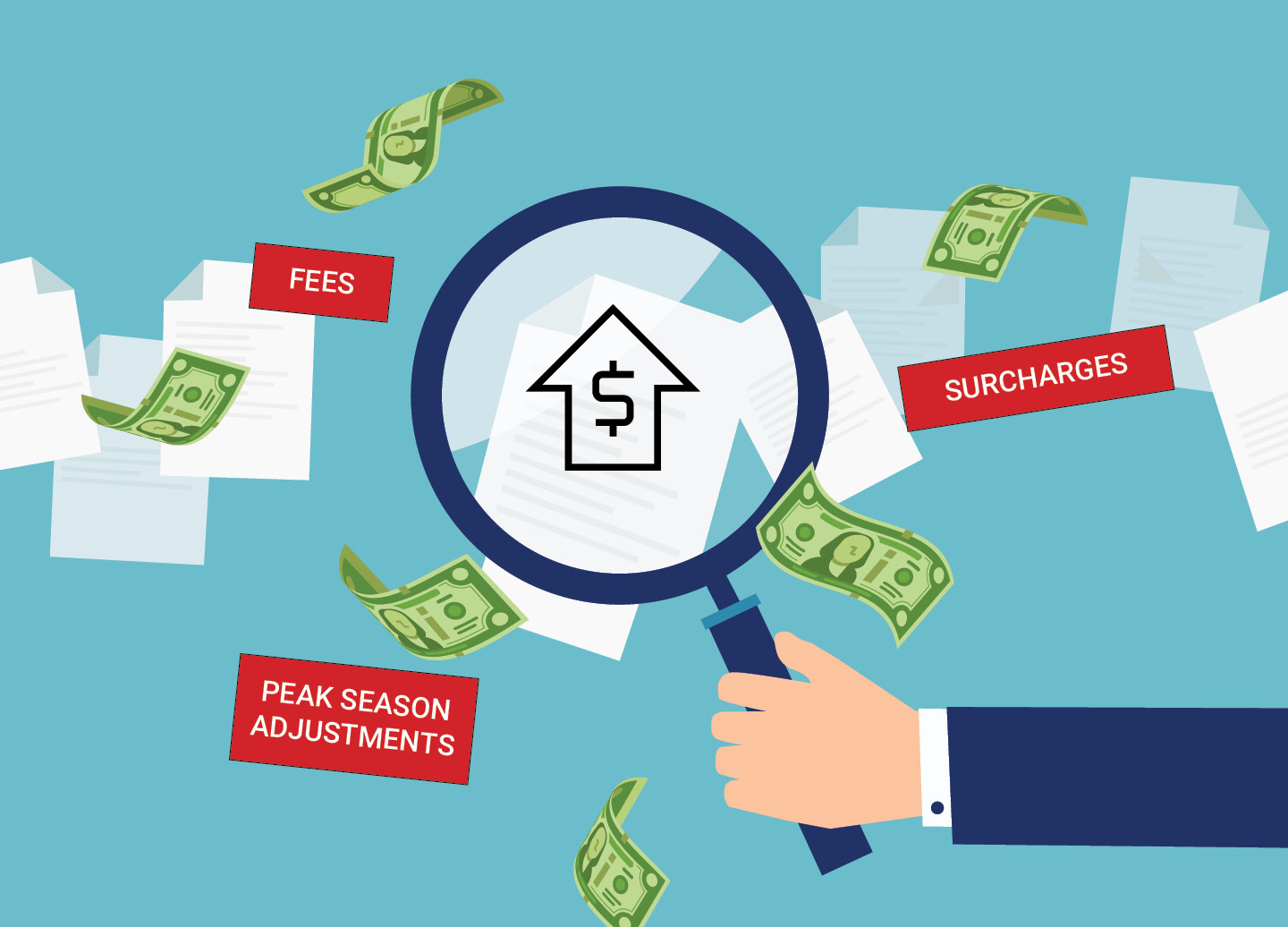[Industry Expert Highlight] Shipping Surcharges: Understanding the Impact on Your Bottom Line

This article was contributed by Alex Alexander, an industry expert in the supply chain and logistics space. It is written from his point of view.
I am sure we all love to talk about shipping fees, surcharges, peak season adjustments and so on. Not a topic shippers look forward to, nor does anyone like what it does to the bottom line. Obviously, shipping fees play an instrumental role for any e-commerce company. Most will negotiate an agreement and forget about it until the renewal comes along or it auto renews, in which case, it may never be looked at again. Obviously, carriers are there to make a profit, and when their costs increase, they will pass those costs on to shippers. For example, a war breaks out and the cost of oil doubles, we all agree, that will increase shipping costs. During peak season, there is more demand, carriers hire additional workers, more overtime, increase cost…you get the point.
From time-to-time, you will see carriers release news around special surcharges. These may be adjustments to fuel surcharges or demand/ peak surcharges. Let’s say you got this news and you’re thinking…
- “What does this mean for my business?”
- “How am I affected by these changes?”
- “What percentage of shipping volume is affected?”
- ”What will these extra charges do to my bottom line?”
- The question may even extend to “do I have to pass these charges on to my customers?”.
In order to get a really good grasp of the rate changes, you will need to understand what specific changes are taking place and apply these changes to your actual shipping data. A release may say, “on average there is a 5% increase”. Does that really mean a simple 5%, or does it require a little more investigation and understanding as it applies to your parcel mix?

PeakDemandSurcharges_US.pdf (ups.com)

If we simply look at the announcements from FedEx and UPS peak surcharges for high-volume customers, those customers will be paying an additional 10% to 20% in fees and that does not include increases in fuel surcharges. These types of rate hikes, even if only seasonable, can create havoc on your bottom line.
For most shippers, their forecast targets them to remain under 105% to 125% of their regular volume, but an unexpectedly successful peak season, a winning promotion, or an increasing demand for certain products can easily result in volumes shooting to 200% of baseline and adding an extra $1.35 charge to each shipment.

FedEx_Standard_List_Rates_2024.pdf
daily_rates.pdf (ups.com)
So, what is the solution? Obviously, reducing shipments is not an option. Most merchants depend on peak season sales. Some businesses generate 50% to 75% of their total annual sales during peak season. There are a couple of basic strategies you can implement to reduce paying additional fees when surcharges are implemented: using the right shipping technology and adding more carriers.
When it comes to technology, users of the ProShip multi-carrier shipping platform can apply business rules and implement rate shopping tools to select best carrier based on rates, surcharges, delivery requirements, service level, etc. The ProShip solution compares your contract rates, applies all surcharges for all your carriers and helps you select the most efficient carrier. If your shipping software is not doing that for you today, you may be paying an extra 10% to 25% and maybe even higher depending on your package mix. Using smart tools can help you run more efficiently and provide you with a competitive advantage. By reducing your costs, you may be able to offer more discounts and promotions which should lead to even more sales.
A technology platform like ProShip also makes it easy to add carriers. You can add a carrier to your carrier portfolio that doesn’t have these charges. For instance, the United States Postal Service (USPS) does not apply additional fees. They may or may not add these fees around peak season, but usually for the rest of the year, it’s as simple as what they quote is what you pay.
Why is this so important?
ProShip, has been helping high-volume merchants manage complex shipping requirements for decades by implementing an array of features, mix of carriers and advanced business rules to ensure your shipping is running at optimal performance. The ProShip technology platform will navigate the ever-changing landscapes of carrier rules, surcharges and peak season fees to optimize your total transportation spend.
I recommend you schedule a discovery call with ProShip to learn more about reducing your shipping costs this peak season.

